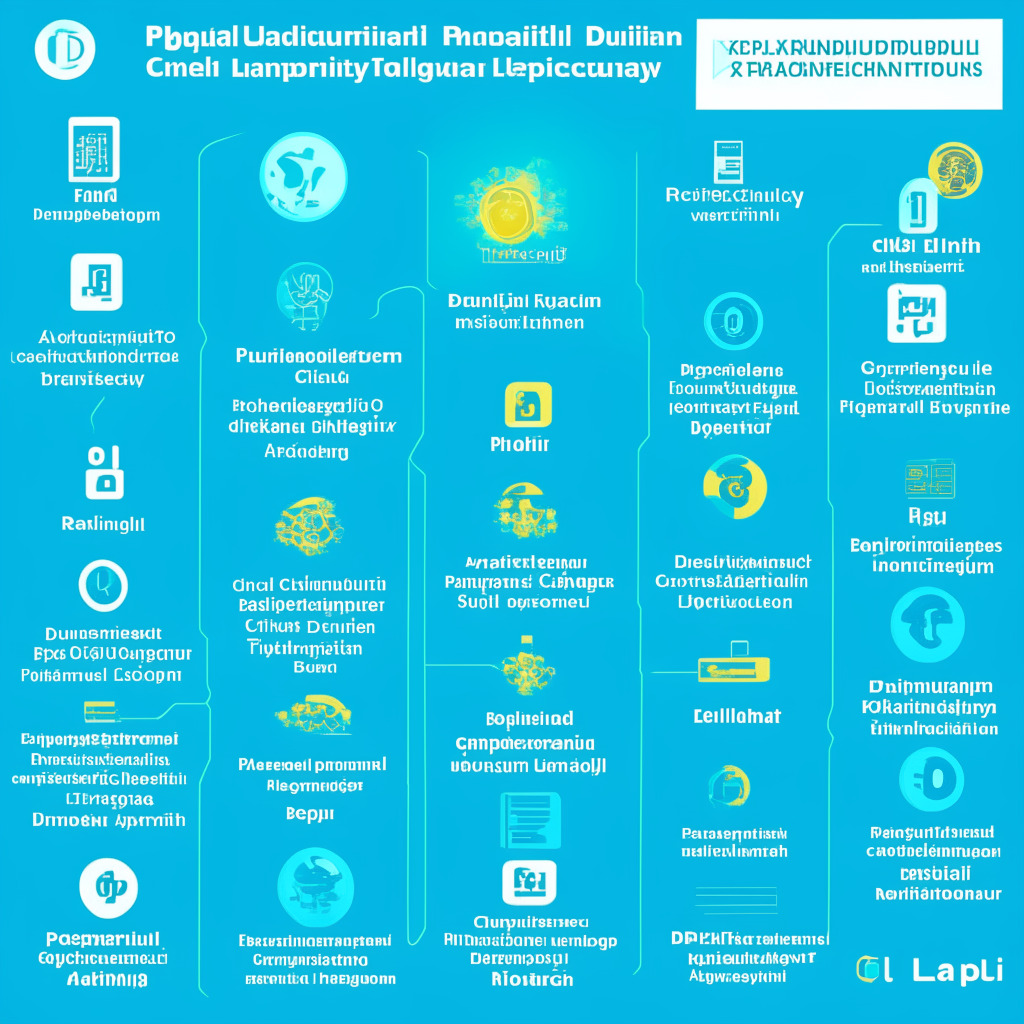The partnership between Hong Kong and UAE’s central banks marks a significant step in crypto regulation, focusing on virtual assets regulations, financial market connectivity, and infrastructure development. This collaboration aims to advance innovation in their financial sectors and potentially shape the future of crypto regulation globally.
Search Results for: Bank of International Settlement
Russia Shifts from State-Owned Crypto Exchange to Private Sector Regulations: Pros, Cons & Conflicts
Russian lawmakers abandon plans for a state-owned cryptocurrency exchange, opting to regulate existing private enterprises instead. This shift aims to minimize risks of sanctions, cyber attacks, and market monopolies, potentially signifying a new chapter in Russia’s relationship with cryptocurrencies.
Web3 and Financial Services: Balancing Innovation, Regulation, and Market Stability
The Federal Reserve Bank of Atlanta’s Policy Hub report discusses Web3’s implications for financial services, touching upon blockchains, DeFi, financial infrastructure, regulatory challenges of DAOs, and central bank digital currencies (CBDCs), highlighting the importance of balancing innovation and regulation.
Malaysia Cracks Down on Unregistered Crypto Exchanges: Challenges and Opportunities
Malaysia’s Securities Commission (SC) has ordered Seychelles-based crypto exchange Huobi to cease operations due to running a digital asset exchange without proper registration. The move highlights the need for compliance with local regulations and the protection of investors’ interests in the growing Malaysian crypto market.
Ripple Acquires Metaco for $250M: A Bold Move in Asset Tokenization Amid SEC Battle
Ripple acquires Switzerland-based blockchain firm Metaco for $250 million, marking its entry into the asset tokenization field. This aims to expand Ripple’s enterprise offerings and reach in the international market, providing customers access to advanced technology for custody, issuance, and settlement of tokenized assets.
Ripple CBDC Platform: Revolutionizing Digital Currencies or Leaving Some Behind?
Ripple unveils the Ripple CBDC Platform, an end-to-end solution for issuing central bank digital currencies (CBDCs). Aimed at enhancing financial inclusion and minimizing risk, the platform leverages XRP Ledger’s blockchain technology for efficient management and customization of fiat-based CBDCs.
DLT in Securities Markets: $100 Billion Savings, Challenges, and the Need for Global Cooperation
The Global Financial Markets Association highlights the potential of distributed ledger technology (DLT) in securities markets, suggesting that its implementation could result in over $100 billion in annual savings and enhance industry growth and innovation. Embracing DLT opportunities in areas like collateral management, asset tokenization, and sovereign bond markets with robust regulatory oversight is crucial for realizing its full potential.
Unlocking the Potential of Offline CBDCs: Balancing Privacy, Security, and Financial Inclusion
The BIS Innovation Hub has published a handbook to assist central banks in implementing offline CBDC technology, aiming to advise on security measures, risks, privacy considerations, and resilience options. The guide highlights the potential benefits of enabling offline use for CBDCs in achieving public policy objectives aligned with central banks’ mandates.
Exploring Offline CBDC Payments: Balancing Privacy, Fraud, and Accessibility
The Bank for International Settlements (BIS) explores offline central bank digital currency (CBDC) payments and their potential risks, including counterfeit threats and privacy issues, in a collaborative project with Consult Hyperion. The BIS emphasizes the importance of interoperability, risk management systems, and collaboration between public and private sectors for secure and reliable digital currency environments.
Hungary’s Cautious Approach to CBDCs: Balancing Innovation, Privacy, and Financial Inclusion
The Hungarian Central Bank takes a cautious approach to central bank digital currencies (CBDCs) as it evaluates the need for a large-scale retail CBDC, considering the country’s demographics and financial inclusivity. As CBDC adoption raises privacy and financial security concerns, Hungary seeks to maintain financial stability while exploring digital currency possibilities.
Blockchain Revolutionizing Sustainability: Debunking Greenwashing and Driving Climate Action
Blockchain technology can revolutionize sustainability efforts across industries, combating climate change and improving market transparency. The technology addresses greenwashing by verifying company sustainability claims through efficient tracking and maintaining records. This fosters credibility, achieves climate goals, and builds consumer trust.
Navigating the Stablecoin Olympics: Competing Solutions and the Future of Digitized Money
April’s stablecoin update highlights the ongoing evolution of stablecoins, with contenders like CBDCs, tokenized deposits, and fiat-backed options competing across trust, credit risk, and interoperability. As the “Stablecoin Olympics” unfolds, the focus should be on enabling competition, consumer choice, and finding optimal tokenized cash solutions for diverse use cases, impacting the future of money and digitization in the global economy.
Iran Embraces Crypto for Imports: Revolutionizing Trade or Fueling Transparency Concerns?
Iran is establishing a specialized platform for local businesses to use cryptocurrencies in cross-border settlements for importing goods. Linked to Iran’s Comprehensive Trade System and the Central Bank of Iran’s Currency Allocation Platform, this development aims to streamline money transfers using digital currencies, potentially ushering in a new era of decentralized finance in international trade.
Crypto Blessing or Curse? Russia’s Cross-Border Experiment Amid Sanctions
Cryptocurrency may be bad for investors but it can be useful in international settlements, according […]













